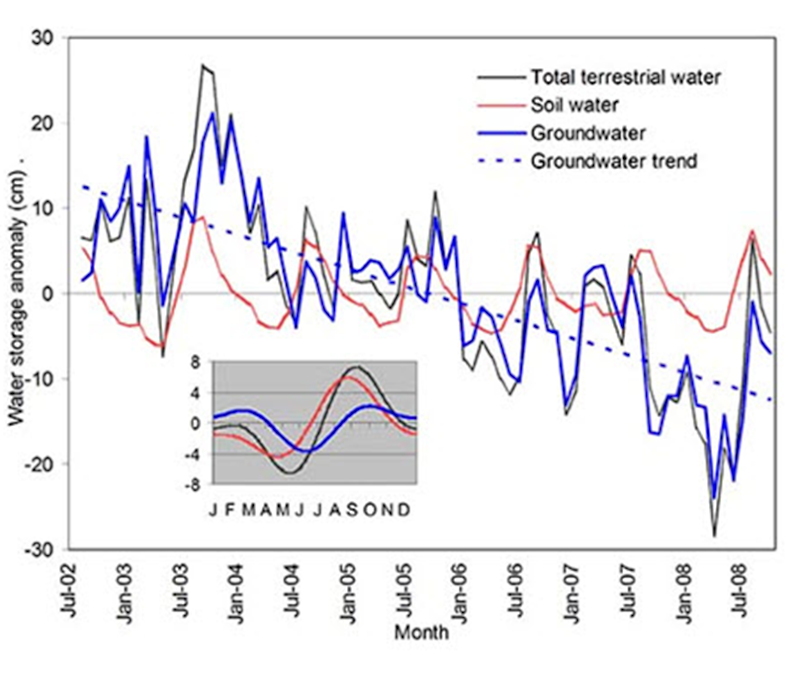India water supply at risk
New Delhi, December 20 (UPI) – India’s rising population and economic growth are straining the country’s supply of water, a report from India’s Infrastructure Development Finance Co. warns. Of India’s 20 major river basins, 14 are considered water-stressed, the report from IDFC, an independent group, report said. Nearly 25 percent of the country’s population live in water-scarce areas, where per capita availability of water is less than 1,000 cubic meters per year and 75 percent of the population live in areas considered water-stressed, where per capita availability of water is less than 2,000 cubic meters per year, the report indicates. “Increasing population, rapid urbanization and an increased focus on industrial growth would deepen India’s water crisis,” said IDFC Chief Executive Officer Rajiv Lall. These factors won’t only have far-reaching economic consequences but also increase the likelihood of social and regional conflicts and environmental stress, he added. “We need a paradigm shift in making our water consumption practices more efficient by focusing on reusing, recycling and conserving our limited resources.” As for water usage in 2011, the report says India’s agriculture sector consumes 85 percent of the country’s water, followed by industry and the energy sector at 9 percent, with households consuming 6 percent. If current trends continue, the authors project that the availability of water for industry and energy in India will decrease from 492 billion cubic meters to 197 billion cubic meters in 2025. […]
